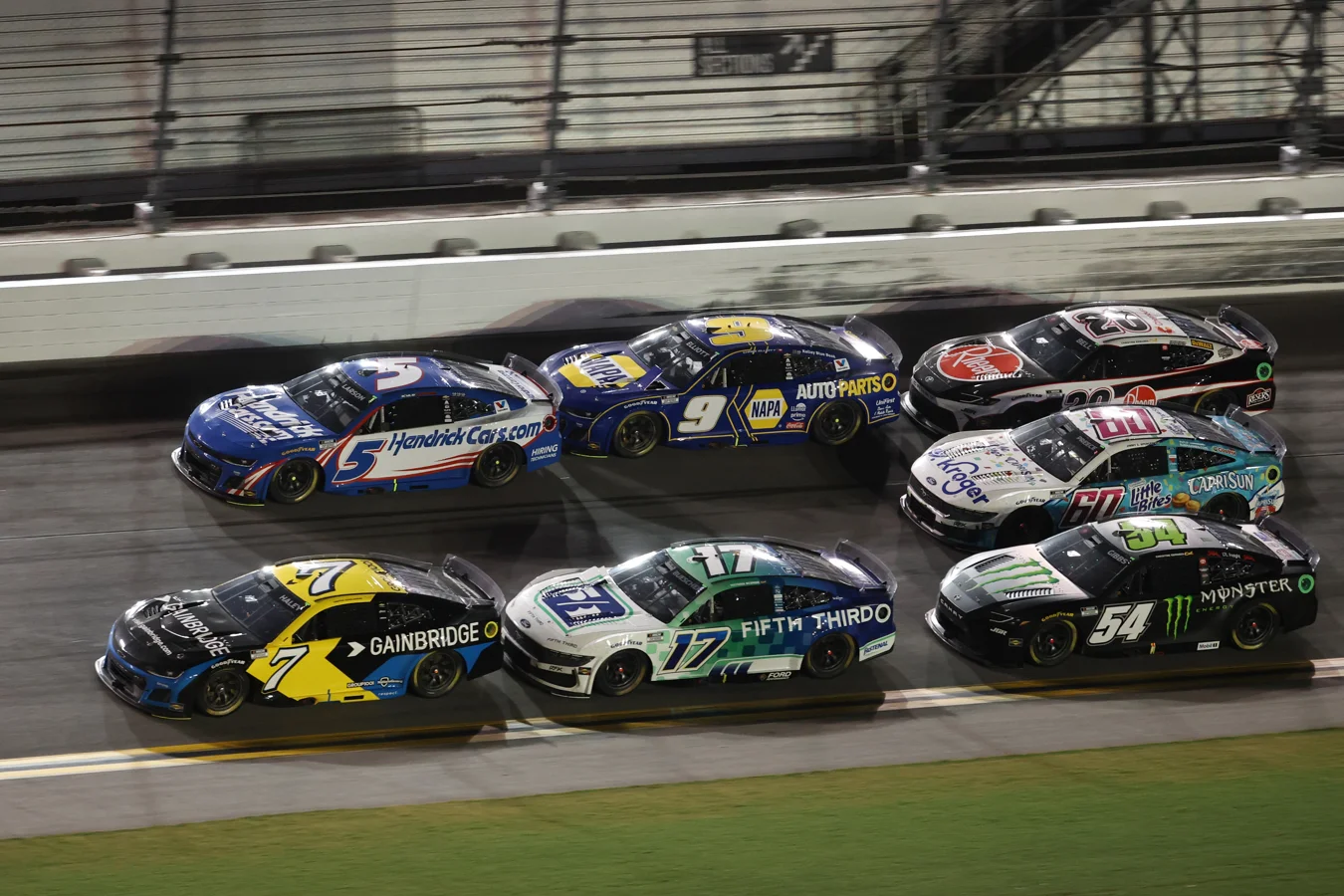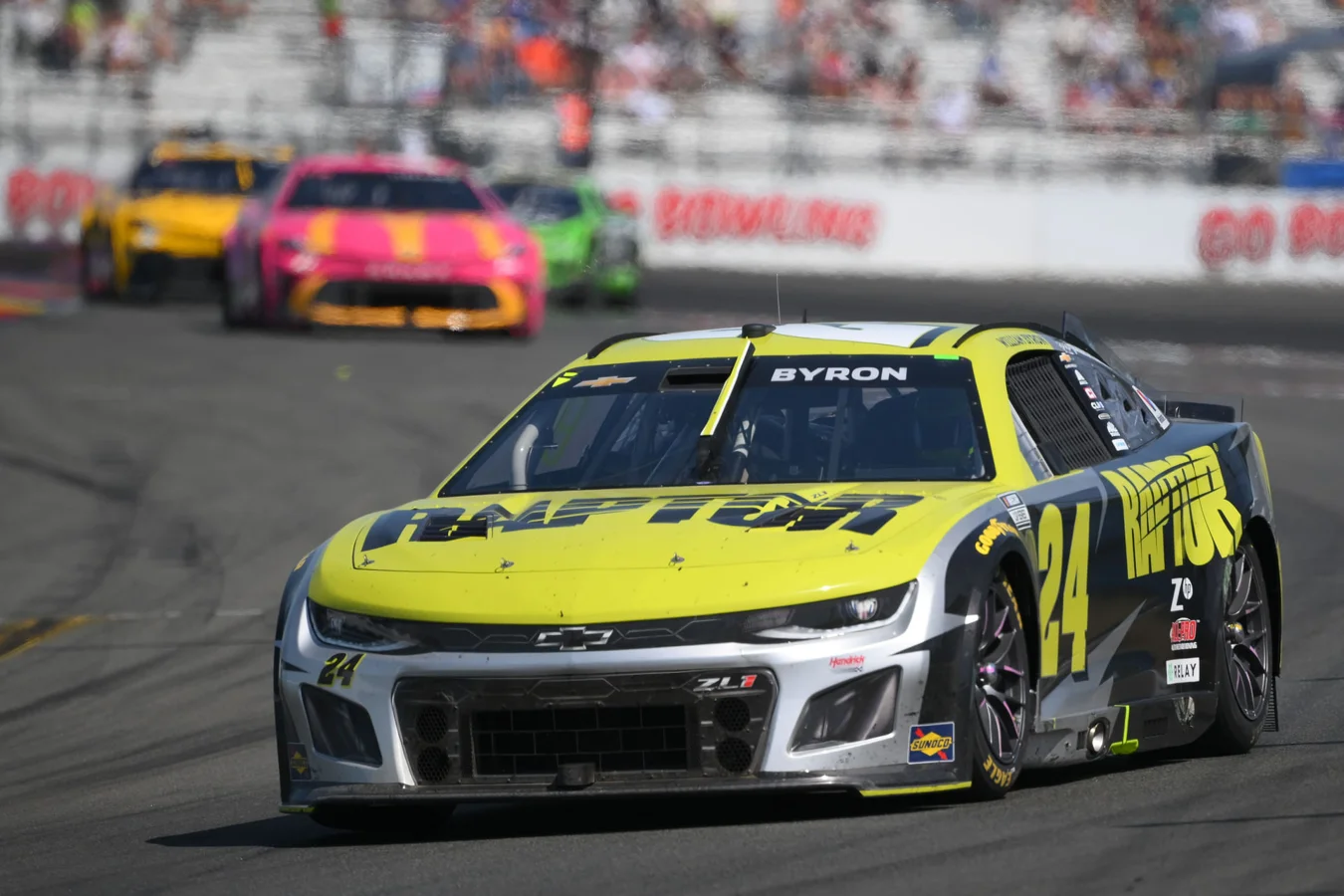An official explanation has clarified why the Hendrick Motorsports Daytona penalty was harsher than usual, after William Byron’s No. 24 team faced multiple sanctions before the season finale at Daytona. The penalty, issued by NASCAR ahead of last Saturday’s race, followed a breach discovered during the technical inspection process, aimed at ensuring fair competition.
Strict Penalties Issued Following Pre-Race Inspection Incident
Before the last race of the regular NASCAR Cup Series season, Byron’s Hendrick Motorsports crew encountered a quadruple penalty due to actions identified during pre-race technical checks at Daytona. NASCAR enforced the following actions: crew chief Rudy Fugle was suspended for the remainder of the weekend, the team lost its pit stall selection, the No. 24 car was relegated to the rear at the race’s start, and the team had to serve a stop-and-go penalty as soon as the green flag waved. These measures were notably more severe compared to the usual consequences for similar infractions.
Mike Forde, NASCAR’s managing director of communications, addressed the penalty further ahead of the weekend’s competition at Darlington Raceway, clarifying what led to the unusually strict response from officials. Byron’s chevrolet/”>Chevrolet did not violate the inspection on its initial attempt but passed on the second. However, officials witnessed a crew member pushing down the splitters on Byron’s car, prompting a re-examination. The follow-up inspection then found the car was out of compliance, due to this unapproved alteration.

NASCAR’s Rationale: Ensuring a Level Playing Field
NASCAR has been moving to crack down on technical infringements, with stricter penalties especially for actions taken outside official view. Unapproved adjustments, such as those involving the car splitter in this case, breach the standards expected prior to races. As Forde stated during an official briefing:
We want fans to understand that every car here has been closely scrutinized and is on an even playing field,
—Mike Forde, NASCAR Managing Director of Communications
The act of making an unapproved adjustment after a car has passed inspection, especially without an official noticing at the moment, triggers a much larger penalty. Forde elaborated on NASCAR’s reasoning, noting that ejection of a crew chief is rare and signals the severity assigned to such actions:
So, when you see the crew chief ejected, that is why. When you do something after inspection’s clear, we ramp it up.
—Mike Forde, NASCAR Managing Director of Communications
NASCAR’s intention, according to Forde, was to send a clear signal to all teams: penalties will be severe when boundaries are tested, with the aim of upholding consistency and fairness for all competitors.
Response from Hendrick Motorsports and Leadership
The severity of the sanctions against Hendrick Motorsports was met without resistance from the organization. According to Forde, the penalties cannot be appealed under current NASCAR rules. In fact, Hendrick team executives had no complaint about the enforcement, reportedly expressing their own displeasure internally regarding their crew’s actions. Forde described the mood within the organization:
I think the Hendrick brass themselves were not thrilled with their team on this one because it does draw attention to the regular season champion in a negative way.
—Mike Forde, NASCAR Managing Director of Communications
This incident occurred just as William Byron was being celebrated as the regular season champion, adding disappointment for both the team’s leadership and its fans. The negative scrutiny brought to Byron and Hendrick Motorsports compounded the consequences of the infractions and the penalties themselves.
Implications for Teams and the Future of NASCAR Enforcement
The Hendrick Motorsports Daytona penalty explained by NASCAR officials demonstrates a commitment to maintaining integrity across all teams and ensuring that no competitor gains an unfair advantage, intentionally or otherwise. The enforcement at Daytona is likely to serve as a warning and a deterrent for similar conduct in the future.
High-profile penalties such as these, especially involving notable individuals like crew chief Rudy Fugle and a team as prominent as Hendrick Motorsports, will continue to shape the competitive environment within the NASCAR Cup Series. Teams can expect further scrutiny and strict enforcement as officials strive for an even playing field, particularly at pivotal moments such as season finales and ahead of major events at iconic venues like Darlington Raceway.
